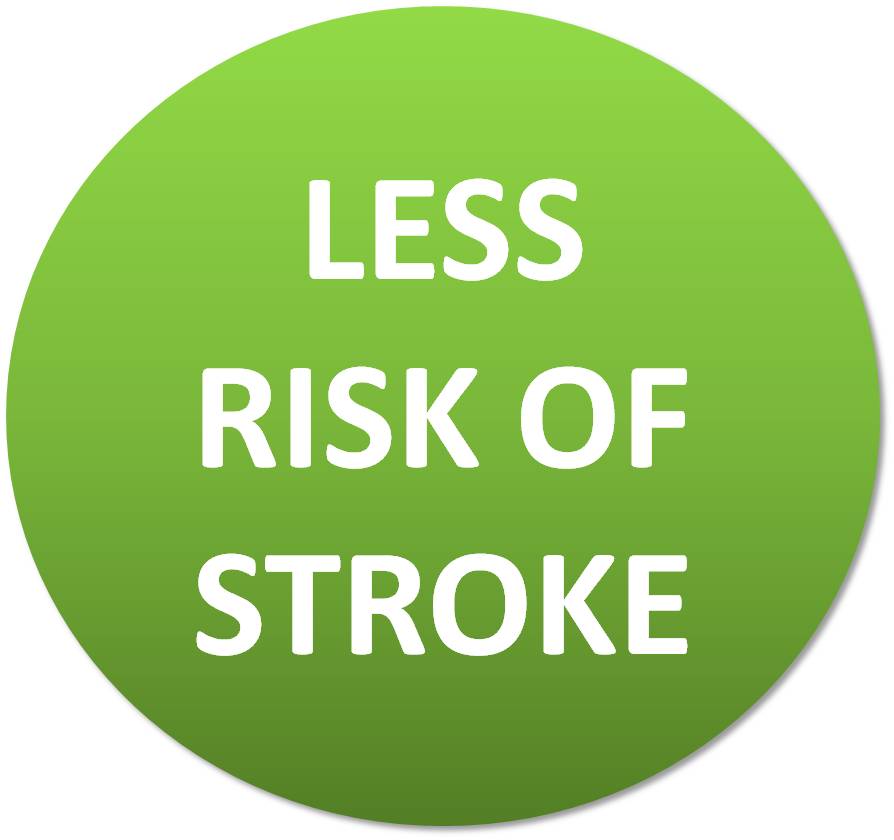1. Eating less salt
 |
Use the images above to explore why and how you should reduce your salt intake
Making Healthier Choices
Reducing your salt intake isn't as hard as you may think. A few simple changes here and there and you could make a real difference to your salt intake.
Don't add any salt when cooking or at the table. It will only take a couple of weeks for your taste buds to adjust to less salt - Before you know it you'll be appreciating the real taste of food and won't miss salt at all!
Limit your intake of high salt ingredients such as processed meats, cheese, ready meals and instead make your own and eat more fresh fruit and vegetables.
Read the labels when shopping is really important to help you choose lower salt foods. You can use our low salt shopping guide (see below) to reduce your intake of salt and saturated fat. Remember to keep an eye on your portion sizes too.
| Green (Low) | Amber (Medium) | Red (High) | ||||
| Salt | ≤ 0.3g/100g | >0.3 to ≤ 1.5g/100g | >1.5g/100g | >2.40g per portion | ||
| Fat | ≤ 3.0g/100g | >3.0 to ≤ 20.0g/100g | >20.0g/100g | >21.0g per portion | ||
| Saturates | ≤ 1.5g/100g | >1.5 to ≤ 5.0g/100g | >12.5g/100g | >6.0g per portion | ||
| Sugar | ≤ 5.0g/100g | >5.0 to ≤ 12.5g/100g | >12.5g per 100g | >15.0g per portion | ||



